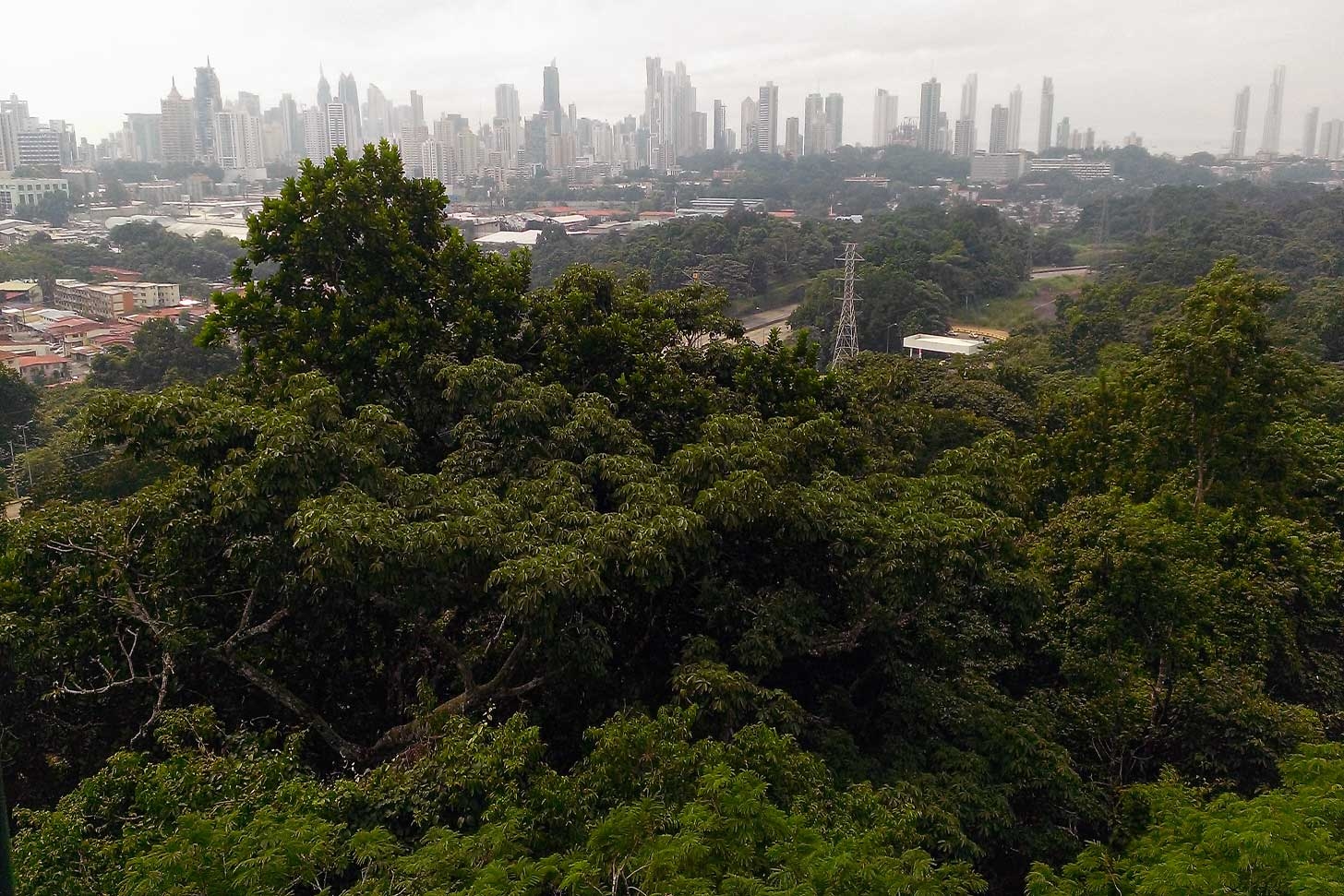Finding local food has never been this hard--or this easy.
My preferred place to shop is the Mercado de Abastos, where growers sell fresh produce to both big stores and individuals who are willing to sweat out the part-stroll and part-weight lifting challenge.
Walking around the outdoor market, there are two things of which I can be sure. One: our group of girls will receive a minimum of one whistle per booth with a male vendor. Two: I will find something I have never eaten before, a potential secret ingredient in one of my standard recipes. The latter certainty is worth enduring the former.
The typical vegetable-in-a-box stands, the truck beds of white watermelon, the stands with plantains, rambutan and garlic hung like decoration. My favourite deal is for the mangoes that I can barely hold in one hand, three for a dollar. Last week, I was fortunate enough to score a handful of cilantro. On previous visits, vendors told me that the cilantro had sold out by 3 a.m. On this particular day, I was buying for others too, so the peppers, tomatoes, lettuce, cacao, guava and passionfruit kept me from browsing for long.
The plastic bags bounced against my legs, in danger of tearing as I rushed back over the bridge toward Smithsonian’s Tupper Center to meet the others over lunch before beginning our REU workshop for the day. In the cafeteria, I ordered a rice and beans plate with a side of sweet citrus plantains and then set to redistributing the produce. I set aside some apples for Nathan, a pineapple for Megan and mangoes for Jenn and Vanessa.
Though the market offered raw Panamanian products in bulk, Panamanian cuisine was scarce everywhere I looked. On our first trip to the mall, we opted to lunch at Colombian chain Crepes and Waffles, which serves not only what the name advertises, but also ice cream. A Mexican restaurant serving the Pancho Villa Enchilada and a McDonald’s lacking vegetarian options were across the way. I wanted to try a Panamanian dish, but the grocery store also lacked guidance. My grocery cart filled with ingredients for ratatouille, quesadillas and lunch wraps instead.
In July, I finally found Diablicos, a restaurant serving Panamanian fare in the tourist-trodden Casco Viejo neighborhood in the city. The prices were steep for food in Panama, but it was the first place I’d seen serving local cuisine and there was no walking away. The waiter, wearing a flat-brimmed straw hat, welcomed us inside. On the counter stood a scale model of a public Diablo Rojo bus. Woven artisan animal masks dotted the wall. Tropical jewel tones sheathed the room. Panama at last, I internally sighed.
Ceviche preceded the meal, served in half a coconut with plantain containers and chips for scooping. Ceviche originated in Peru, but Panama is at the crossroads of the Americas in both wildlife species and cultural dishes. Panama’s two proximate coasts make seafood accessible and make them an influential component of traditional dishes.
My mother ordered a full fish as her entrée. For the main dish, I had chosen ropa vieja, which is an unassuming name that means “old clothing.” Out came a plate of rice, beans and a puddle of pickup stick-shaped beef. It looked like something I had eaten before.
I took a bite and looked at my father’s plate with the plátanos en tentación. I had been searching for the glamorous Panamanian food behind the names and the authentic cuisine had been in the Tupper cafeteria all along.
